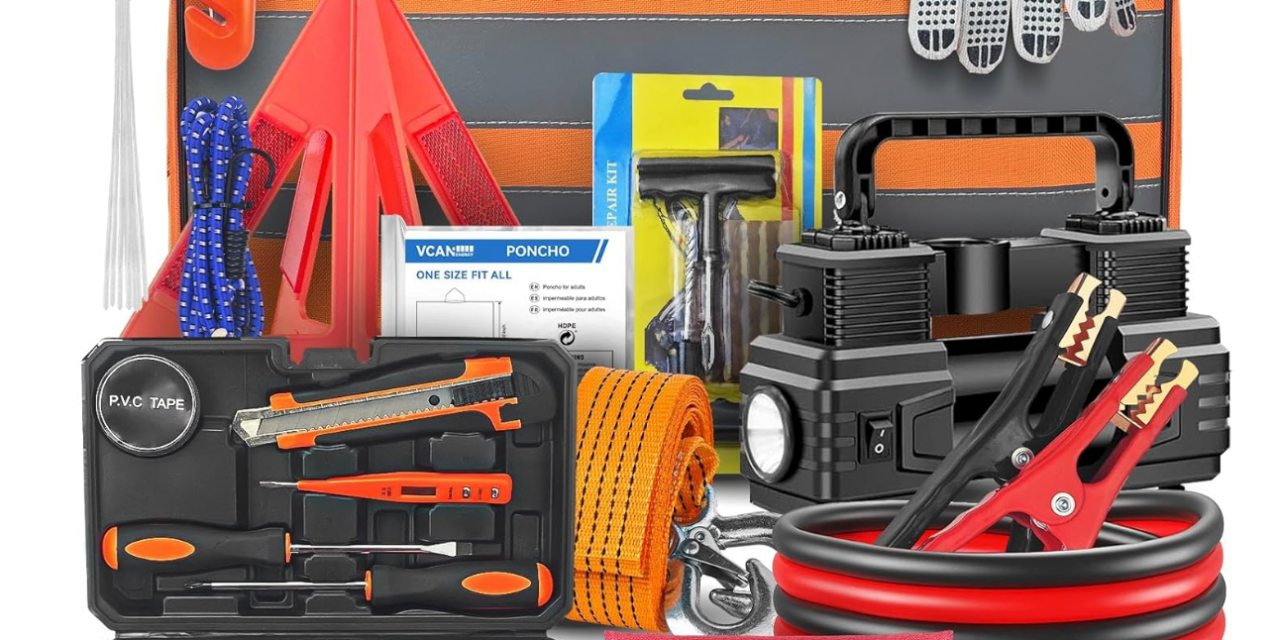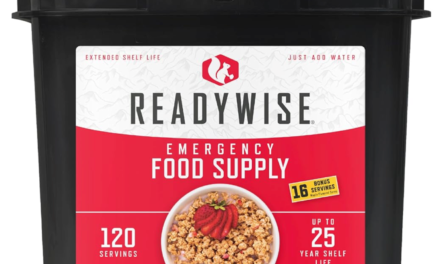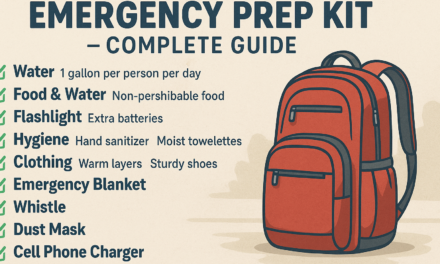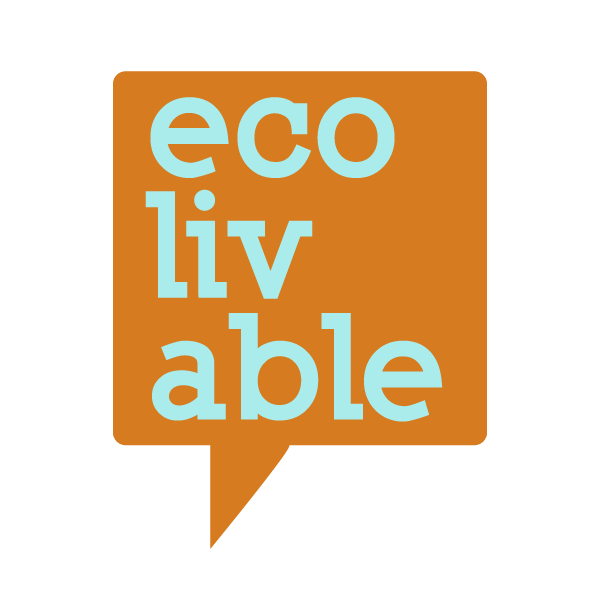- Introduction
- Why a 72-Hour Emergency Kit?
- Key Components of a 72-Hour Emergency Kit
- Water and Hydration
- Food Supplies
- Shelter and Warmth
- First Aid and Medical Supplies
- Tools and Equipment
- Personal Items and Documentation
- Checklist for Your 72-Hour Emergency Kit
- Choosing the Right Gear
- Tips for Building and Maintaining Your Kit
- Statistics and Data on Emergency Preparedness
- Conclusion
Disasters can strike without warning, whether it’s a hurricane, earthquake, wildfire, or power outage. A well-prepared 72-hour emergency kit can be the difference between safety and vulnerability during the critical first three days of a crisis. This comprehensive guide provides everything you need to know about building, equipping, and maintaining a 72-hour emergency kit for your household, available through trusted retailers like Amazon. The Federal Emergency Management Agency (FEMA) recommends that every household maintain a kit with enough supplies to sustain each person for at least 72 hours. This timeframe accounts for the typical period it takes for emergency services to mobilize and provide aid. Whether you’re preparing for natural disasters or human-made crises, this guide will walk you through the essentials, supported by expert advice and real-world data.
Why a 72-Hour Emergency Kit? A 72-hour emergency kit is designed to provide self-sufficiency during the initial phase of a disaster when help may not be immediately available. According to FEMA, it can take up to three days for emergency responders to reach affected areas, especially in widespread disasters. During this time, access to food, water, shelter, and medical care may be limited or nonexistent.Key Reasons to Have a 72-Hour Kit:
- Self-Reliance: Bridges the gap until help arrives.
- Portability: Allows you to evacuate quickly if needed.
- Customization: Tailored to your family’s unique needs.
- Peace of Mind: Reduces stress in chaotic situations.
Statistic: A 2023 FEMA survey found that only 57% of Americans have some form of emergency kit, and just 39% have a kit meeting the 72-hour standard.
This gap highlights the need for better preparedness. Key Components of a 72-Hour Emergency Kit. A well-rounded kit addresses six critical areas: water, food, shelter, first aid, tools, and personal items. Below, we break down each category with detailed recommendations.Water and Hydration. Water is the most critical component of any emergency kit. The human body can survive weeks without food but only a few days without water. FEMA recommends storing at least one gallon of water per person per day for drinking and sanitation, totaling three gallons per person for 72 hours.Water Storage Options:
- Bottled Water: Commercially sealed bottles are safe and have a long shelf life (typically 1–2 years).
- Water Pouches: Lightweight, portable, and designed for emergency use with a shelf life of up to 5 years.
- Water Purification Tools:
- Water Filters: Portable filters like the Sawyer Mini can purify thousands of gallons.
- Purification Tablets: Lightweight and effective for treating questionable water sources.
- Collapsible Containers: Useful for storing or collecting water during evacuation.
Tips for Water Management:
- Store water in a cool, dark place to prevent bacterial growth.
- Rotate water supplies every 6–12 months.
- Include electrolyte packets to maintain hydration in extreme conditions.
Food SuppliesYour kit should include non-perishable, easy-to-prepare food to sustain energy and nutrition for 72 hours. Aim for 2,000–2,500 calories per person per day, depending on age, activity level, and health conditions.Recommended Food Items:
- Freeze-Dried Meals: Lightweight, long shelf life (up to 25 years), and easy to prepare with hot water, like Mountain House.
- Energy Bars: High-calorie, compact options like Clif or RXBAR.
- Canned Goods: Ready-to-eat items like tuna, beans, or soups (include a manual can opener).
- Dried Fruits and Nuts: Nutrient-dense and shelf-stable.
- MREs (Meals Ready to Eat): Military-style meals with a 5-year shelf life.
Special Considerations:
- Include foods for infants, elderly family members, or those with dietary restrictions (e.g., gluten-free, diabetic-friendly).
- Pack a small camping stove or portable fuel source for heating food.
- Avoid salty foods that increase thirst.
Sample 72-Hour Meal Plan: Day | Breakfast | Lunch | Dinner | Snacks 1 | Energy Bar | Canned Tuna | Freeze-Dried Pasta | Nuts 2 | Oatmeal Packet | MRE | Canned Soup | Dried Fruit 3 | Granola | Peanut Butter | Freeze-Dried Chili | Trail Mix
| Category | Budget | Standard | Premium |
|---|---|---|---|
| Food | Energy bars | Freeze-dried meals | Specialty survival rations |
| Water | Bottled water | Filter + tablets | Gravity-fed purifier |
| Shelter | Mylar blanket | Tent + pad | 4-season tent + insulated pad |
| Lighting | Flashlight | Headlamp + lantern | Rechargeable solar lighting |
| First Aid | Basic kit | Expanded kit | Trauma kit |
Shelter and WarmthIn an emergency, maintaining body temperature and protection from the elements is critical. Your kit should include items to keep you warm, dry, and sheltered.Shelter Items:
- Emergency Blankets: Mylar blankets reflect body heat and are compact.
- Tarp or Tent: Lightweight options like a tube tent or a 10×10 tarp for quick shelter.
- Sleeping Bags: Compact, weather-resistant bags rated for your region’s climate, like the Teton Sports Tracker
Warmth Items:
- Hand Warmers: Chemical-based warmers for instant heat.
- Extra Clothing: Moisture-wicking layers, socks, and hats.
- Ponchos: Lightweight rain protection that doubles as a ground cover.
Tip: Pack items in waterproof bags to protect against moisture. First Aid and Medical Supplies. A comprehensive first aid kit is essential for treating minor injuries and stabilizing conditions until help arrives. Customize your kit based on your family’s medical needs.First Aid Essentials:
- Bandages, gauze, and adhesive tape
- Antiseptic wipes and antibiotic ointment
- Pain relievers (e.g., ibuprofen, acetaminophen)
- Tweezers and scissors
- Burn cream and hydrocortisone
- Medical gloves and face masks
Additional Medical Supplies:
- Prescription medications (7-day supply, rotated regularly)
- Over-the-counter remedies (e.g., antihistamines, antidiarrheals)
- Blood pressure monitor or glucose meter for chronic conditions
Statistic: The American Red Cross reports that 70% of injuries in disasters are minor cuts, burns, or sprains, which can be treated with a basic first aid kit. Tools and Equipment. Tools enhance your ability to navigate, communicate, and stay safe during an emergency.Must-Have Tools:
- Multi-Tool: Combines knife, pliers, screwdriver, and more, like the Leatherman Wave+
- Flashlight: LED with extra batteries or a hand-crank model.
- Radio: Battery-powered or hand-crank NOAA weather radio, like the Midland ER210
- Duct Tape: Versatile for repairs and improvisation.
- Whistle: For signaling rescuers.
- Firestarter: Waterproof matches, lighter, or ferro rod.
Optional but Useful:
- Paracord: Strong, lightweight rope for building shelters or securing gear.
- Portable Power Bank: For charging phones or small devices.
- Maps and Compass: For navigation if GPS fails.
Personal Items and DocumentationPersonal items ensure comfort and legal preparedness during a crisis.Essential Personal Items:
- Copies of IDs, passports, and insurance policies (in waterproof container)
- Cash in small bills (ATMs may be down)
- Contact list with emergency numbers
- Comfort items (e.g., books, games for kids)
Hygiene Items:
- Toothbrush, toothpaste, and wet wipes
- Hand sanitizer and soap
- Feminine hygiene products
- Portable toilet or sanitation bags
Tip: Store digital backups of documents on a USB drive or cloud service, but keep physical copies for immediate access.Checklist for Your 72-Hour Emergency KitBelow is a detailed checklist to ensure your kit is comprehensive. Adjust quantities based on household size.Water and Hydration
- 3 gallons of water per person
- Water pouches (4–6 per person)
- Water filter or purification tablets
- Collapsible water container
- Electrolyte packets
Food Supplies
- 6,000–7,500 calories per person (non-perishable)
- Freeze-dried meals (3–6 per person)
- Energy bars (6–9 per person)
- Canned goods with manual can opener
- Utensils and mess kit
- Portable stove and fuel
Shelter and Warmth
- Emergency blankets (1 per person)
- Tarp or tube tent
- Sleeping bag (1 per person)
- Hand warmers (2–3 per person)
- Ponchos and extra clothing
First Aid and Medical
- First aid kit (bandages, antiseptic, pain relievers, etc.)
- Prescription medications (7-day supply)
- Over-the-counter medications
- Medical equipment (e.g., glucose meter)
- First aid manual
Tools and Equipment
- Multi-tool
- LED flashlight with batteries
- NOAA weather radio
- Duct tape and paracord
- Whistle and firestarter
- Portable power bank
Personal Items and Documentation
- Copies of IDs, insurance, and emergency contacts
- Cash ($50–100 in small bills)
- Hygiene items (toothbrush, sanitizer, etc.)
- Comfort items for children or pets
- Waterproof container for documents
Printable Checklist: Download a PDF version of this checklist from FEMA’s Ready.gov (https://www.ready.gov/kit)for easy reference.Choosing the Right GearSelecting high-quality, reliable gear is crucial for an effective emergency kit. Here’s a breakdown of recommended products and considerations.Top Gear Recommendations:
- Water Filter: Sawyer Mini (filters 100,000 gallons, weighs 2 oz).
- Freeze-Dried Food: Mountain House (25-year shelf life).
- Multi-Tool: Leatherman Wave+ (17 tools, durable stainless steel).
- Emergency Radio: Midland ER210 (solar, hand-crank, and battery-powered).
- Sleeping Bag: Teton Sports Tracker (compact, rated to 5°F).
Factors to Consider:
- Weight and Portability: If evacuation is likely, prioritize lightweight gear.
- Durability: Choose items built to withstand harsh conditions.
- Shelf Life: Opt for long-lasting supplies to reduce maintenance.
- Cost vs. Quality: Invest in reliable brands, but balance with budget constraints.
- Start Small: Begin with essentials like water and food, then add items over time.
- Customize for Your Region: Include cold-weather gear for northern climates or sun protection for desert areas.
- Store Strategically: Keep your kit in an accessible location, like a closet near an exit.
- Check Expiration Dates: Rotate food, water, and medications every 6–12 months.
- Practice Using Gear: Familiarize yourself with tools like firestarters or water filters.
- Involve the Family: Ensure everyone knows the kit’s location and contents.
- Update Annually: Adjust for changes in family size, medical needs, or climate.
Tip: Use a sturdy backpack or rolling duffel bag to store your kit for easy transport.
ConclusionA 72-hour emergency kit is a vital tool for ensuring safety and resilience during a crisis. By addressing water, food, shelter, first aid, tools, and personal needs, you can create a comprehensive kit tailored to your household. Use the provided checklist, gear recommendations, and maintenance tips to build a kit that’s ready when you need it most. The data is clear: preparedness saves lives and reduces the burden on emergency services.Start building your kit today, and revisit it regularly to keep it current. For more resources, visit Ready.gov (https://www.ready.gov) or consult local emergency management agencies. With the right preparation, you can face any disaster with confidence.




